Here at UncommonGoods, we’re always on the lookout for newcomers to our assortment of artists whose creations make us smile, think, or say “wow” when we glance at our homepage (a daily activity here). The latest in this parade of intriguing creators? One Jonathan Bobrow, a self-described “artist, designer, programmer, math lover, and constantly curious individual.” A former student at the MIT Media Lab, Jonathan is best known ’round these parts for his Troxes: Origami Building Blocks—toys that fold together to create intricate shapes without the aid of glue, tape, or any other sticky substance… excepting a little elbow grease.
For someone (wink, nudge) whose favorite part of their job often involves interviewing new artists, Jonathan was an ideal study. Talkative, open, and excited to share the story behind his Origami Building Blocks, Jonathan provided us with more fascinating material than we could possibly pack into a single quick-and-dirty blog post. That didn’t stop us from trying, though. Read on for a full account of our attempt, including an explanation of what A League of Their Own has to do with designing laser-cut toys.
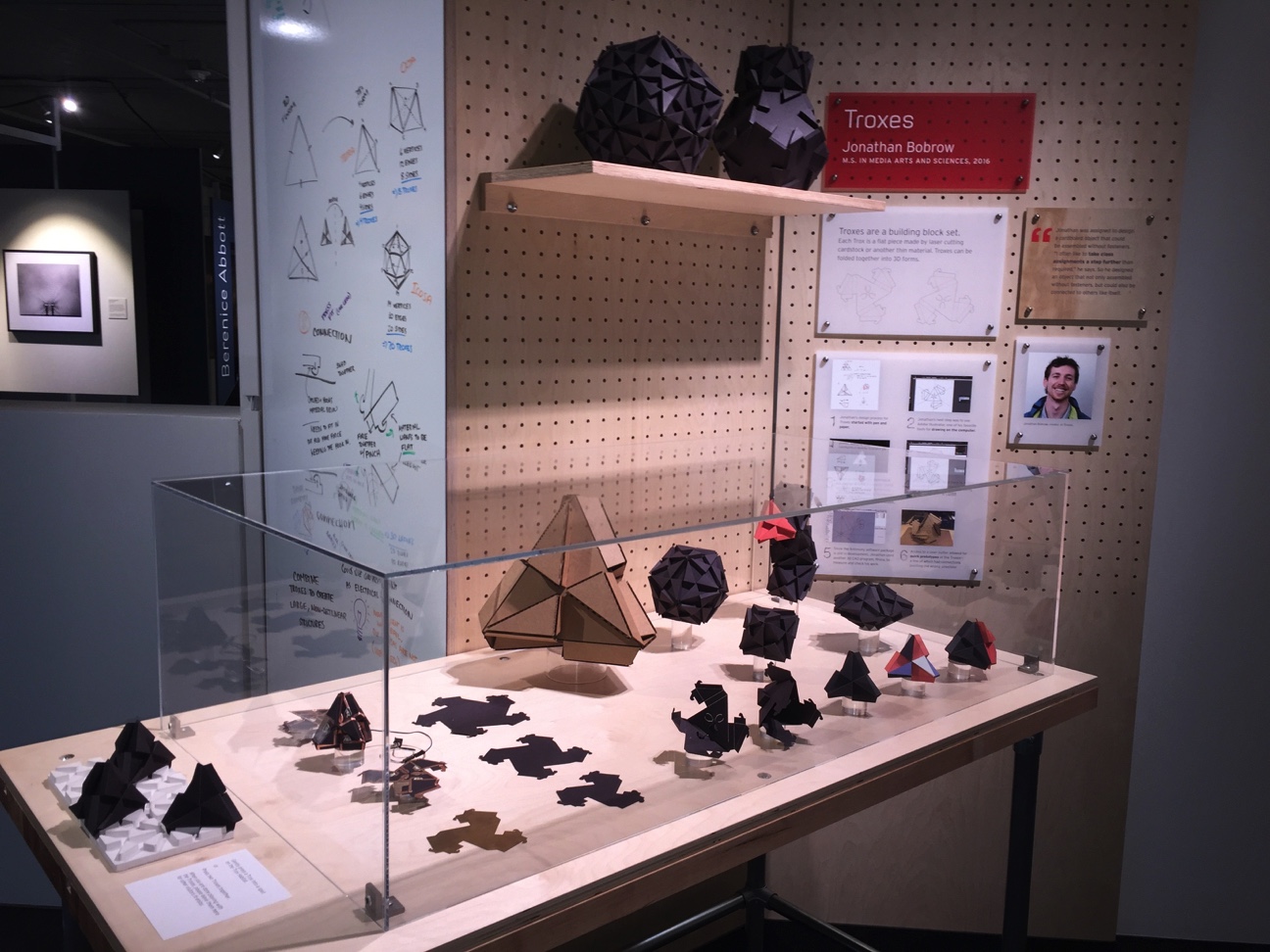
You identify with many labels of sorts, from “designer” to “activist” to “lover of mathematics.” Could you talk a bit about your background?
The labels I identify with are highly influenced by the things I’ve been surrounded by from a young age. My father was a math educator, and my mom was a painter, so I had art and math always on both sides. Similarly, my brother is an entertainer, and my sister’s a social worker, so these aspects of activism and entertainment also were big influences on my life.
I was a mathematics major at UCLA, and I was horrible in the major. I loved math, but I was doing wonderful in design classes, and I was spending all my time doing design work for fundraising events. I eventually switched out of the mathematics major, completed a design media arts degree, and for years built things that relied on both skills—interactive museum installations. I have a constantly unsatiated creativity—or curiosity, better yet—and usually the outlet for that is making. I happened to be lucky enough to grow up painting and drawing and editing and doing special effects for videos, so I accrued a set of skills that were creatively expressive, but an interest in more technical ideas.
How did you come up with the idea for your Origami Building Blocks?
Three years ago, I left my job to pursue a masters at the MIT Media Lab. The very first week, I entered a class called “How to Make Almost Anything.” The first assignment was to make a press fit kit—something that doesn’t rely on adhesives to hold together—using only cardboard and a laser cutter. I thought it would be neat to make something that first press fits together, so the tolerances have to be just right, and then press fits together with more of the same, based off of a design from the 1970s by a guy named Jef Raskin. I had a blast making them, couldn’t stop making them, and for the next two years, on nights and weekends, I was prototyping these and making thousands of them.
How did you decide to sell them?
The product went into the MIT Museum two years ago. A handful of them were on display behind glass, and another set of them were hands-on. And, as things do in museums, they walked, right? They started disappearing. Kids and adults were both like, “This is really interesting. How do we get them?” I knew I wanted to release them at some point, and they felt like a good fit for Move38, the company I started to promote systems thinking in non-traditional spaces.

What was the most exciting aspect of launching your business? What about the most challenging piece?
The actual running of a business involves so many moving parts. Scheduling and laying out timelines that make sense, that’s challenging. The exciting part is, whenever I tell somebody about Move38, the response is so uplifting. It’s actually the most motivating part of it. I tell somebody what I do, and it’s like a reminder that—right! The thing I do is so cool. It’s so much fun. And it’s not what anybody else is doing. I think the world needs the things we’re creating, and we’re the only ones who know how to make them. I obsess over the details, too, and it feels great to have found an audience that’s really receptive to that process. Moreover, it feels great to be building relationships with the people that help make our products a reality.
Is there such thing as a “typical day at work” for you?
Most days are far from typical, but I can describe what I’m surrounded by. On my desk is a 3D printer that’s printing pegs for stools that I’m building for the space; often I keep it busy printing a prototype. The office has become our HQ, which means there are plenty of materials to build with, but I also like to keep things tidy at the end of the day. Sometimes, if I’m lucky, my day will involve going into the machine shop. I love working with my hands and having CNC tools complement my craft. Later today I’ll be teaching up-and-coming NYC makers how to laser cut. It’s always a balance of, “Okay, these are the things I know I want to get done,” “These are the things I need to get done,” and triage.
Is there any kind of special trinket that you keep around you while you’re working?
I love this question. Growing up, I always kept objects within arm’s reach. I used to say that they were “objects to think with.” My current trinket is something that I designed that sits on my keyring. Apple changed the size of their [Macbook charger plug] years ago, and there’s this really tiny adapter that allows the old charger to charge the new laptop. I created a steel keyring for it, and the object that Apple makes holds on perfectly. I always find myself undoing and reattaching the magnet, and I like the material. I use it from time to time, but I’d say it probably gets more use as something that I play with.
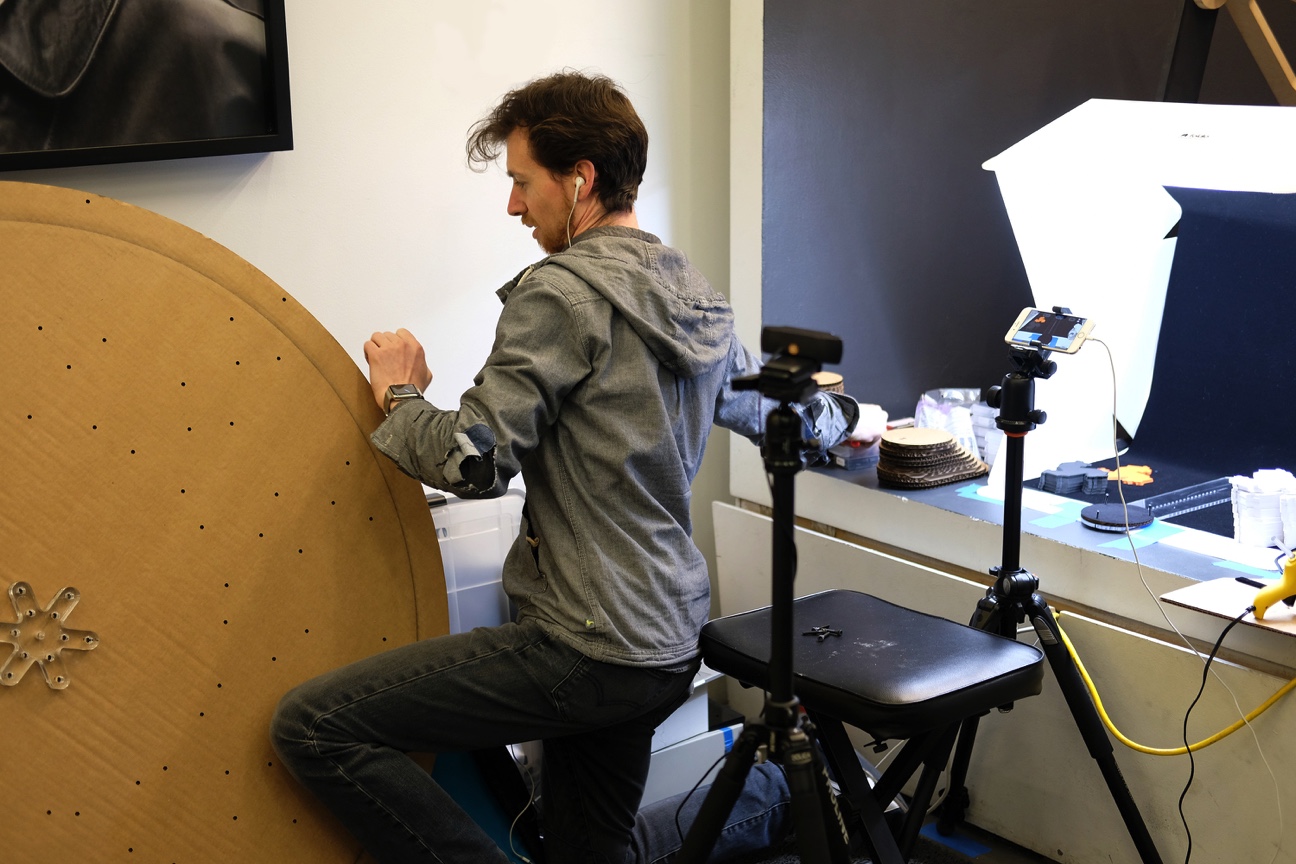
What are you working on now?
Blinks, a tabletop game system that thinks for itself. It features “smart” hexagonal pieces that have self-aligning magnets, so it’s like all the things I play with wrapped into one. It’s based on my MIT Media Lab thesis project, and the Kickstarter is right around the corner.
Finally, what quote or mantra keeps you motivated?
What came to mind first was, “There’s no crying in baseball.” It’s by Jimmy Dugan, a fictional character from A League of Their Own. My dad had the phrase printed on shirts to wear while he was coaching us, it must’ve just stuck. It encapsulates many things—you’re doing something that’s play, and fun, and passion. But it still requires resilience and hard work.

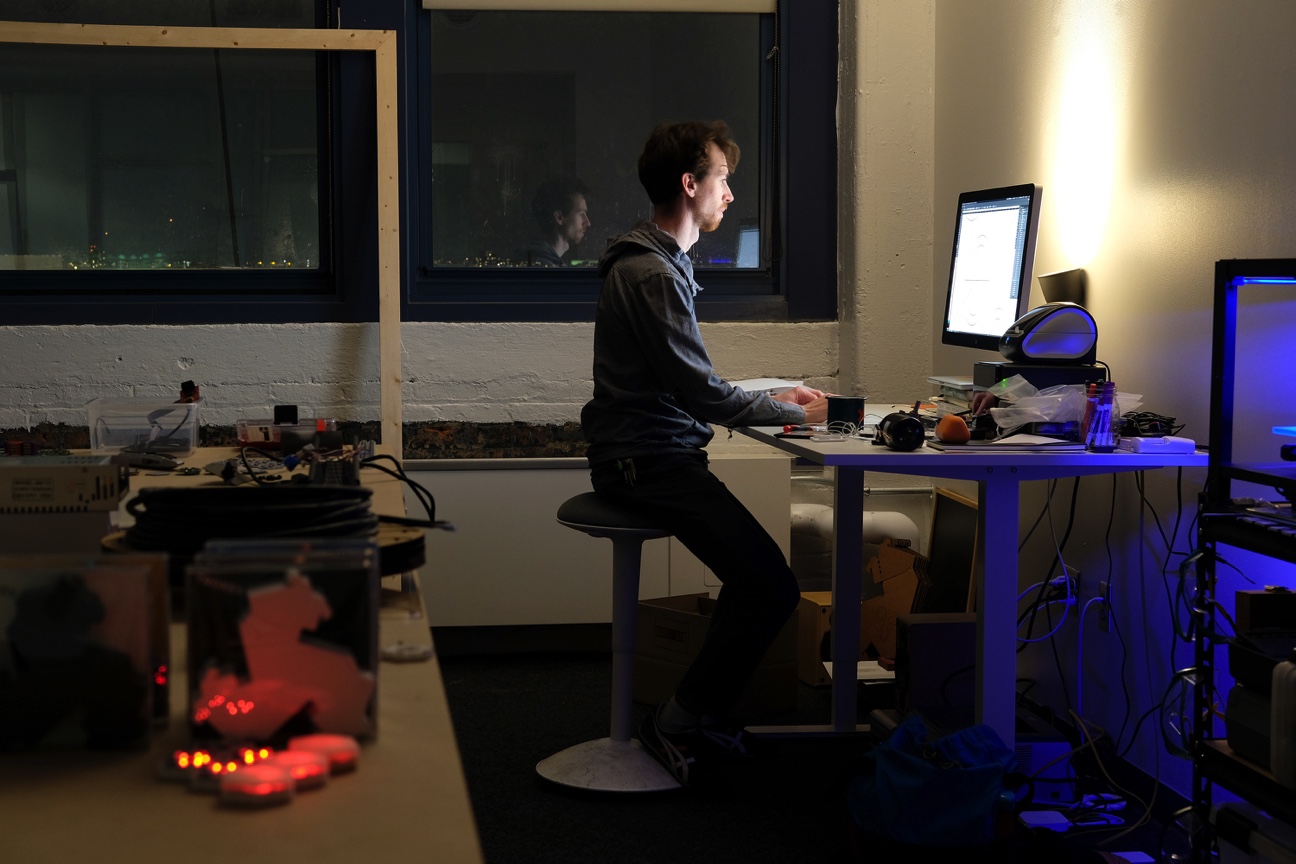
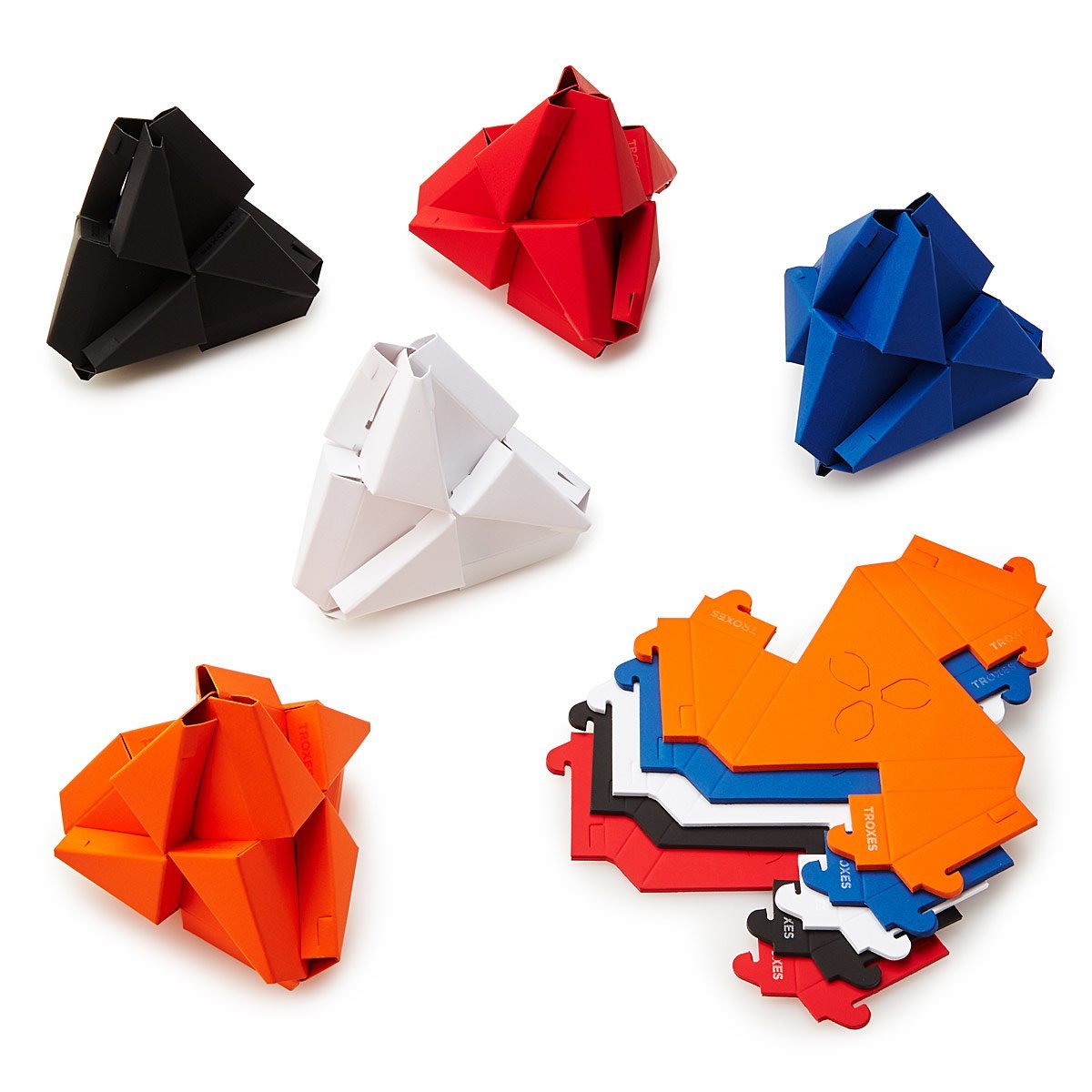
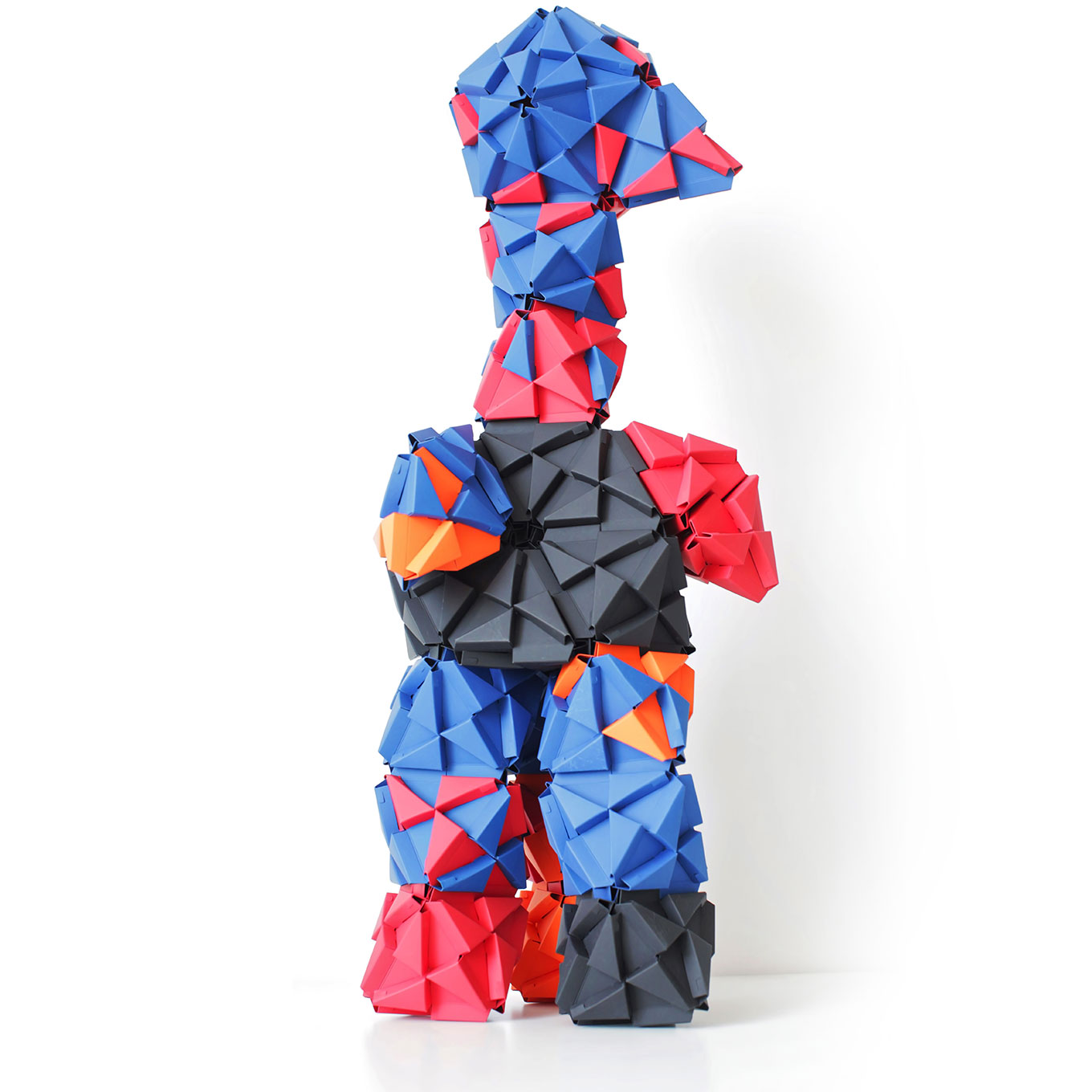
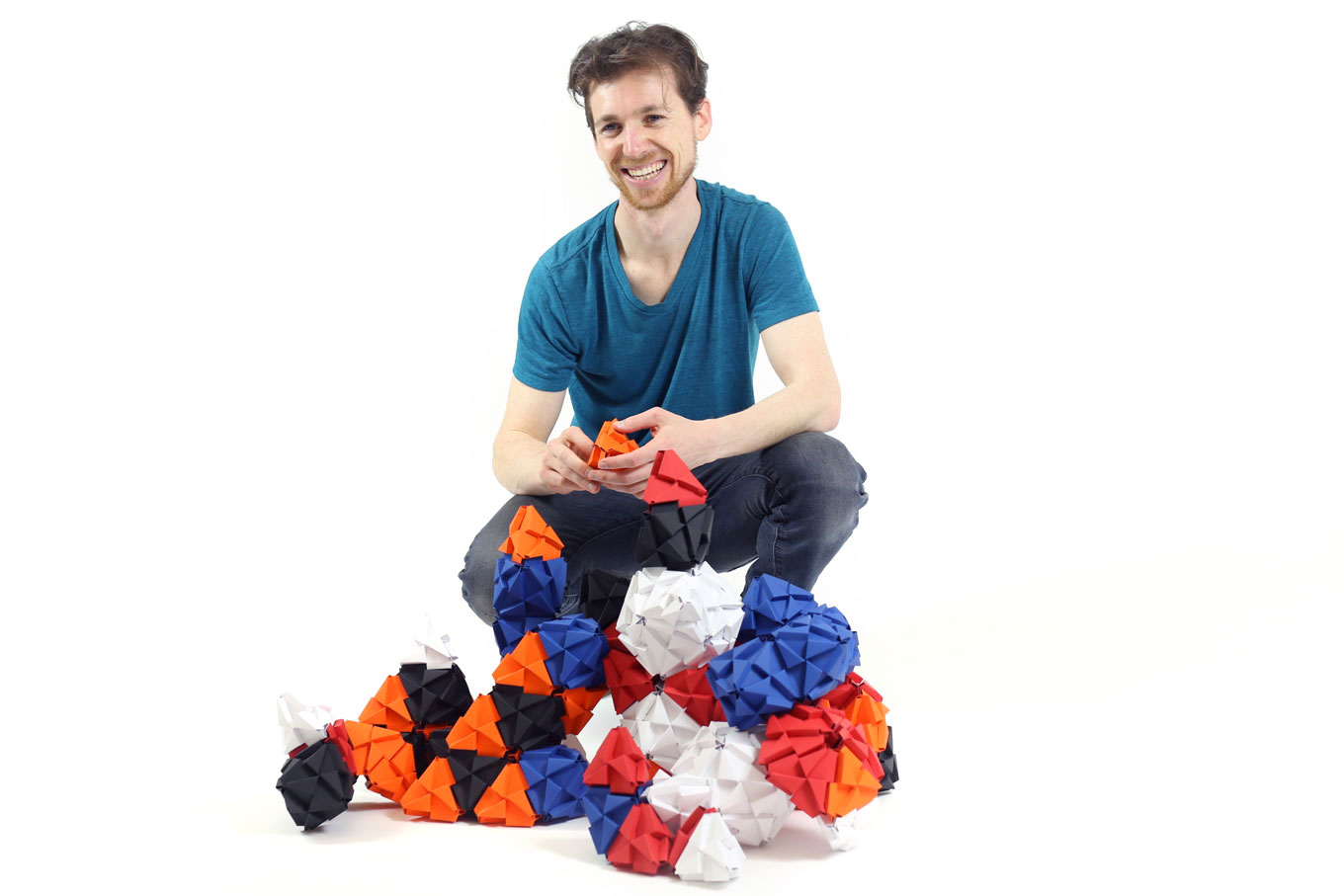
No Comments